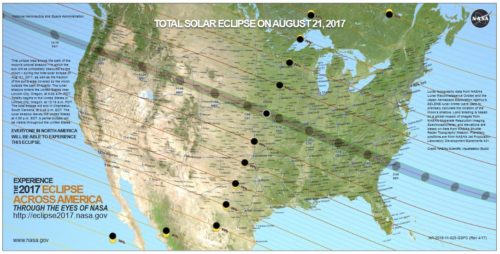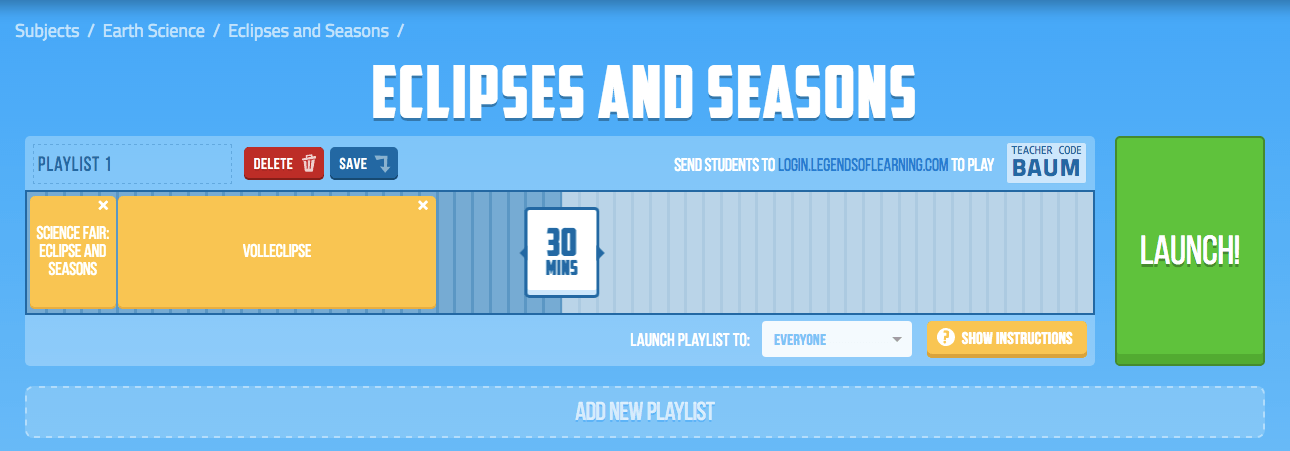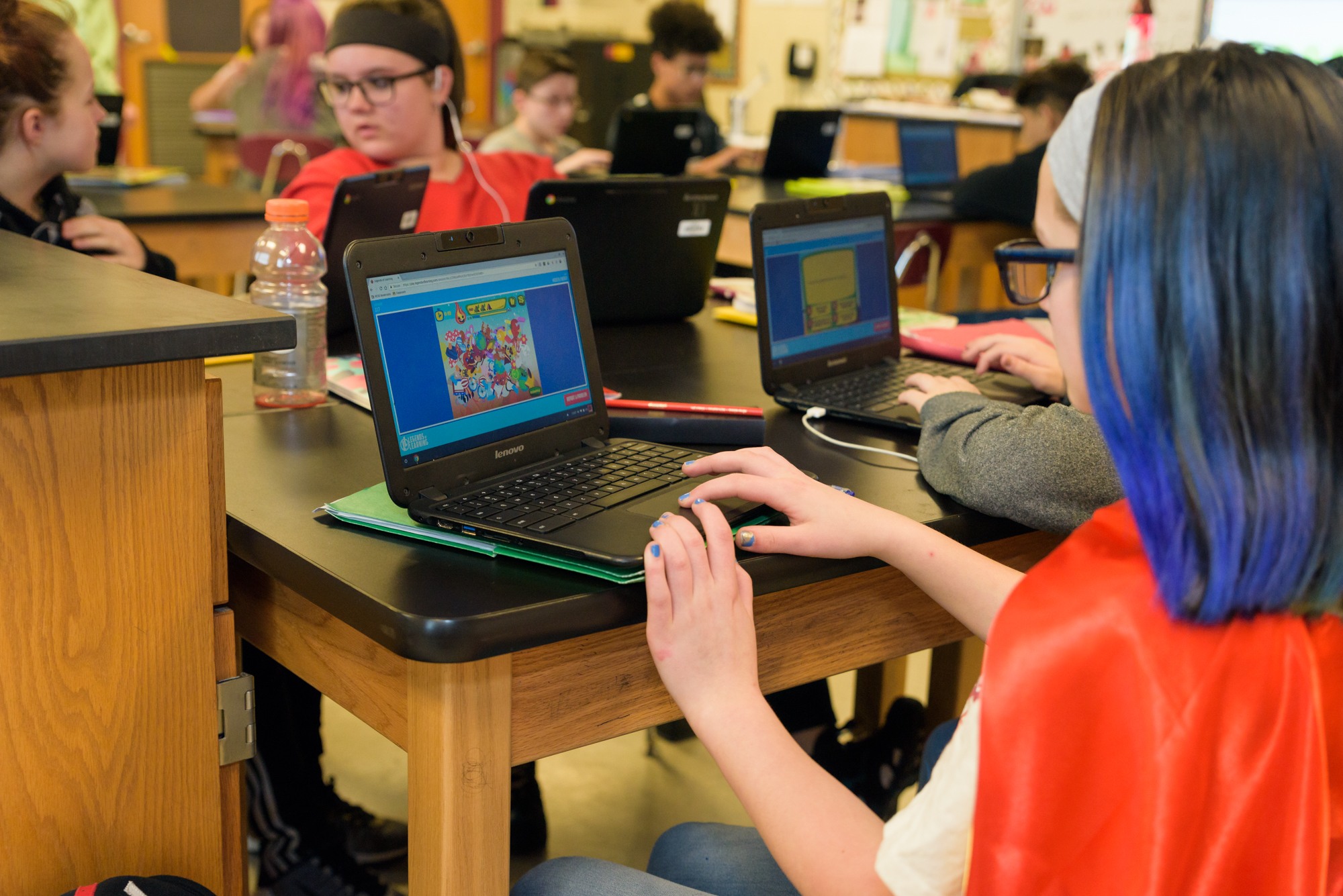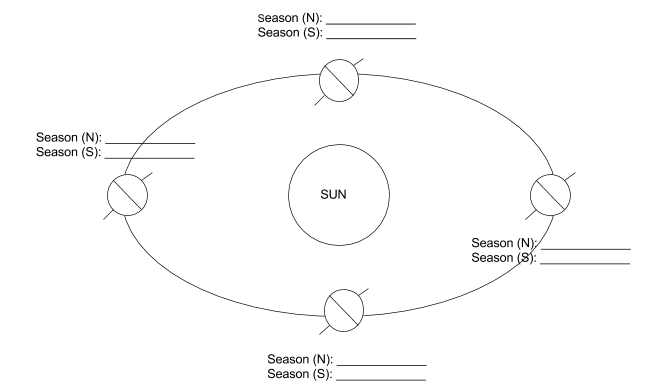On August 21, 2017, we’ll see something the country has not seen in 38 years: a total solar eclipse. The day will be an exciting one for students and science teachers, alike. Let’s make it educational, too.
People across the country are looking forward to watching the sun completely disappear behind the moon. The total solar eclipse will darken skies from Oregon to South Carolina, an extremely rare event that for some locations on earth may occur as infrequently as every 1,000 years!

Legends of Learning has developed a lesson plan for the Eclipses and Seasons Learning Objective that you can use with your students. With it, we’re offering two of our games — “Walter’s Travels” and “Bubble Eclipse” — publicly on our Alpha Games page.
Complete with digital edgames playlists, assessment questions, and a visual eclipse simulation, our lesson plan has everything your students need to learn about this rare phenomenon. Check it out below, or download the PDF version!
Learning Objective: Eclipses & Seasons
NGSS Standard DCI
MS-ESS1.B-2. – This model of the solar system can explain eclipses of the sun and the moon. Earth’s spin axis is fixed in direction over the short-term but tilted relative to its orbit around the sun. The seasons are a result of that tilt and are caused by the differential intensity of sunlight on different areas of Earth across the year.
Objective
Students will be able to:
- Explain why solar and lunar eclipses occur
- Explain why Earth has seasons
- Draw and manipulate models of solar and lunar eclipses
- Draw a model of Earth’s location during various seasons
Time Required:
75 minutes
Materials Needed
- Small beach ball (or other similar sized ball)
- Ping pong ball tied to a string
- Flashlight
- Teacher computer with internet access
- Projector/Smartboard
- 1 computer/laptop/iPad per student with internet access
- Eclipses and Seasons handout (attached)
Teacher Preparation

- Create Playlist 1, a 30-minute playlist in Legends of Learning with the following games found in the Eclipses and Seasons learning objective (in order):
- Science Fair: Eclipse and Seasons
- Volleclipse

- Create Playlist 2, a 10-minute playlist in Legends of Learning with 5 assessment questions from the Eclipses and Seasons learning objective
- Make copies of Eclipses and Seasons Worksheet (1 per student)
Engage (10 minutes)
- Lay the flashlight on a table and place the beach ball approximately 24 inches in front of the flashlight.
- Turn off the lights in the room and turn on the flashlight.
- Holding the ping pong ball by the string, place the ping pong ball between the flashlight and the beach ball.
- Ask for student observations regarding where they see the light hitting the beach ball and where they see shadow.
- Answer: Light hitting the ping pong ball and beach ball. Small shadow on front of beach ball as well.
- Continue holding the ping pong ball by the string, move the ping pong ball so that it is behind the beach ball.
- Ask for student observations regarding where they see the light and shadow in this position.
- Answer: Light hitting the beach ball fully, no shadow on the beach ball. Full shadow on the ping pong ball.
Explain to students: “I just demonstrated a phenomenon called an eclipse. Today we will learn about types of eclipses and also review why we have seasons. Think about this demonstration during today’s lesson as we will refer back to it at the end of class.”
Explore (30 minutes)

- Have your students sign in to Legends of Learning and enter your teacher code.
- Launch Playlist 1 to your students.
- As students complete Science Fair: Eclipse and Seasons, students should fill out the Eclipses and Seasons Handout.
- Assist students as needed during game play, pause playlist if you need to address content or questions to entire class.
Explain (20 minutes)
- Review answers to Eclipses and Seasons Handout by drawing diagrams on board or using Smartboard.
- Relate student knowledge to demonstration at the beginning of class.
- Which item represents the sun? (flashlight)
- Which item represents the earth? (beach ball)
- Which item represents the moon? (ping pong ball)
- Who can demonstrate a lunar eclipse using the items? (ping pong ball held behind the beach ball)
- Have student explain why
- Who can demonstrate a solar eclipse using the items? (ping pong ball held between the flashlight and beach ball)
- Have student explain why
Elaborate (5 minutes)
- Explain to students that although they experience seasons all the time, they are less likely to experience a lunar eclipse, and the opportunity to experience a solar eclipse is even more rare.
- Show this timelapse video of what happens on Earth during a solar eclipse: https://vimeo.com/53641212
- Ask students to describe what they are seeing in the video.
- Answer: It is broad daylight then goes dark like nighttime, then back to broad daylight very quickly. The sun is completely blocked out for a while.
Evaluate (10 minutes)
- Launch Playlist 2 to your students. When they finish the assessment questions, any time left is freeplay.
- Analyze student results to determine what concepts need to be a focus for reteaching.
Seasons & Eclipses: Worksheet
Name: _________________________________
Directions:
While playing the first game in Legends of Learning called Science Fair: Eclipse and Seasons, use what you learn to complete the diagrams and answer the questions below.
Seasons
Label the seasons in the Northern and Southern hemisphere at each location.

Circle the correct answer
- Question 1: It is summer for the hemisphere that is pointing (away from, towards) the sun.
- Question 2: It is winter for the hemisphere that is pointing (away from, towards) the sun.
- Question 3: When a hemisphere is pointing towards the sun, the sun’s rays are (stronger, weaker) on that part of earth, making it (hotter, colder).
- Question 4: When a hemisphere is pointing away from the sun, the sun’s rays are (stronger, weaker) on that part of earth, making it (hotter, colder).
Draw the location of the sun, moon, and earth during a lunar eclipse and during a solar eclipse. MAKE SURE YOU LABEL THE SUN, MOON, AND EARTH!



